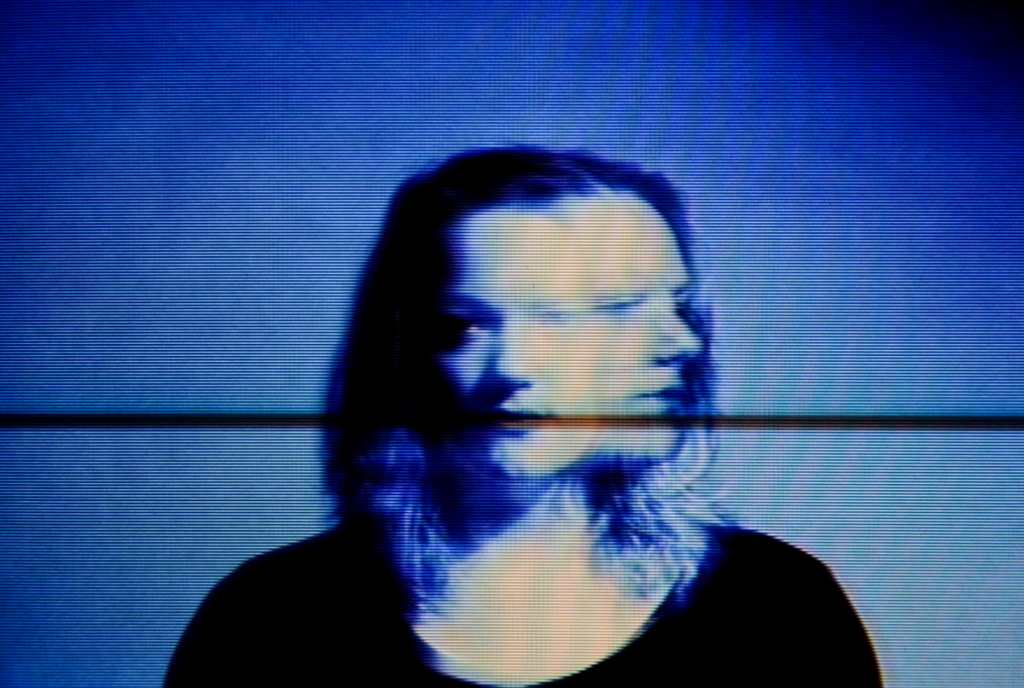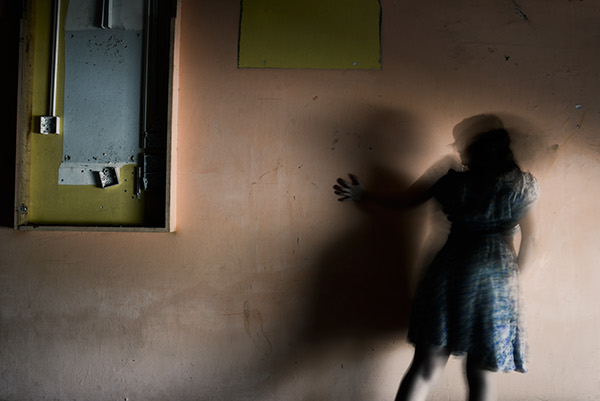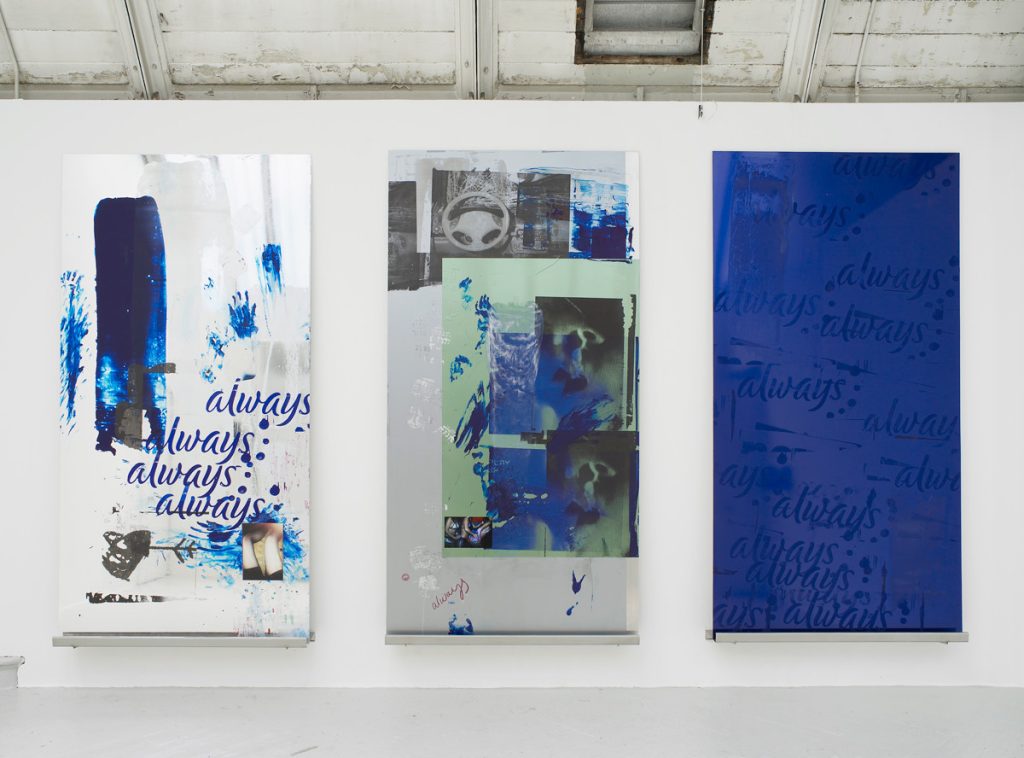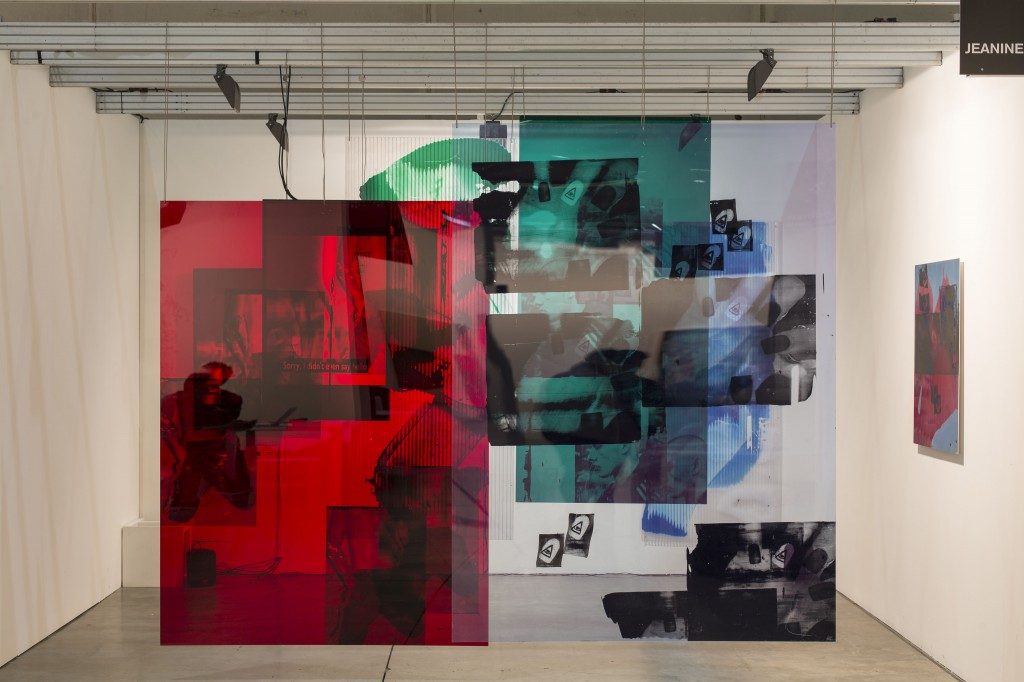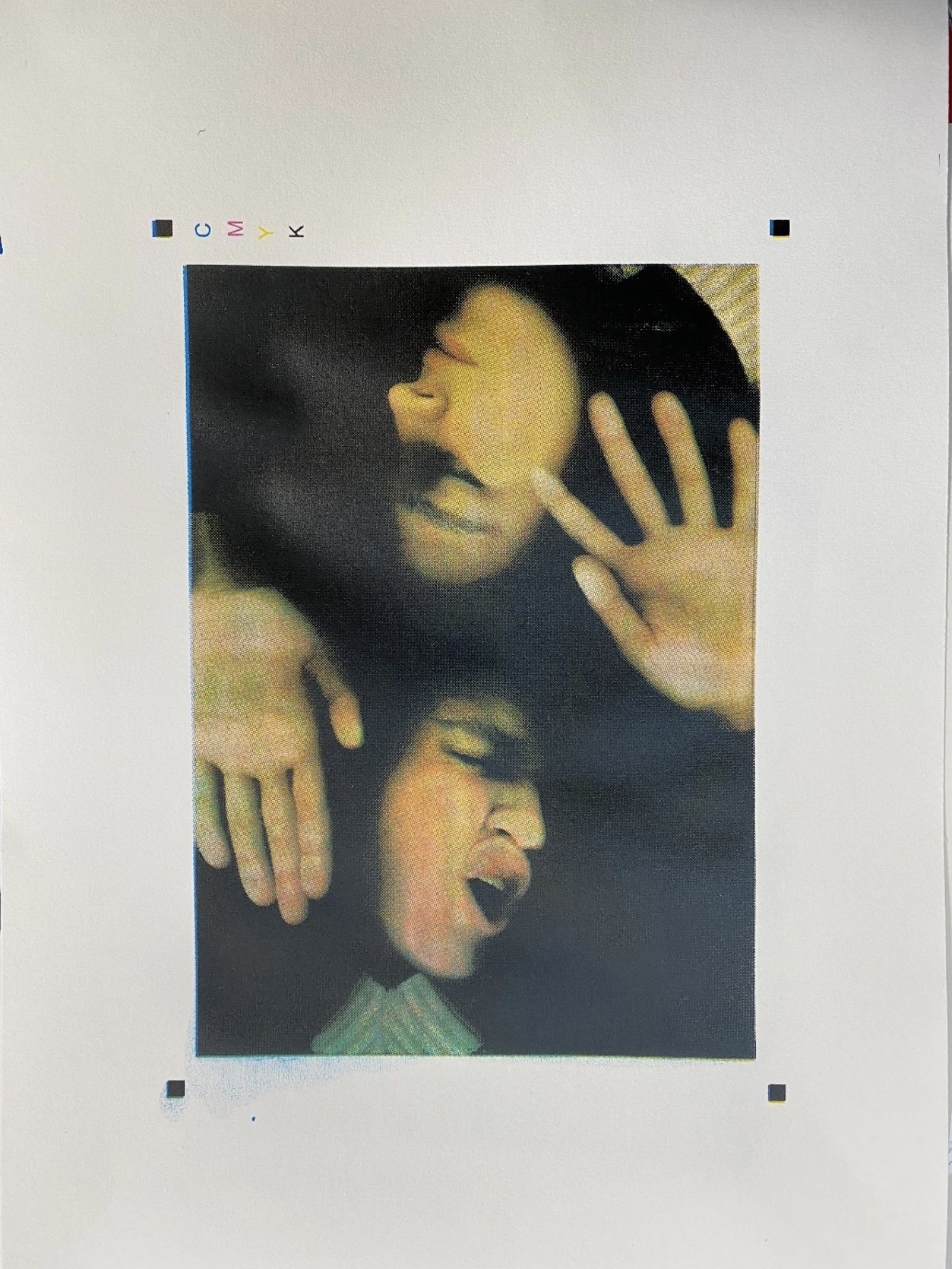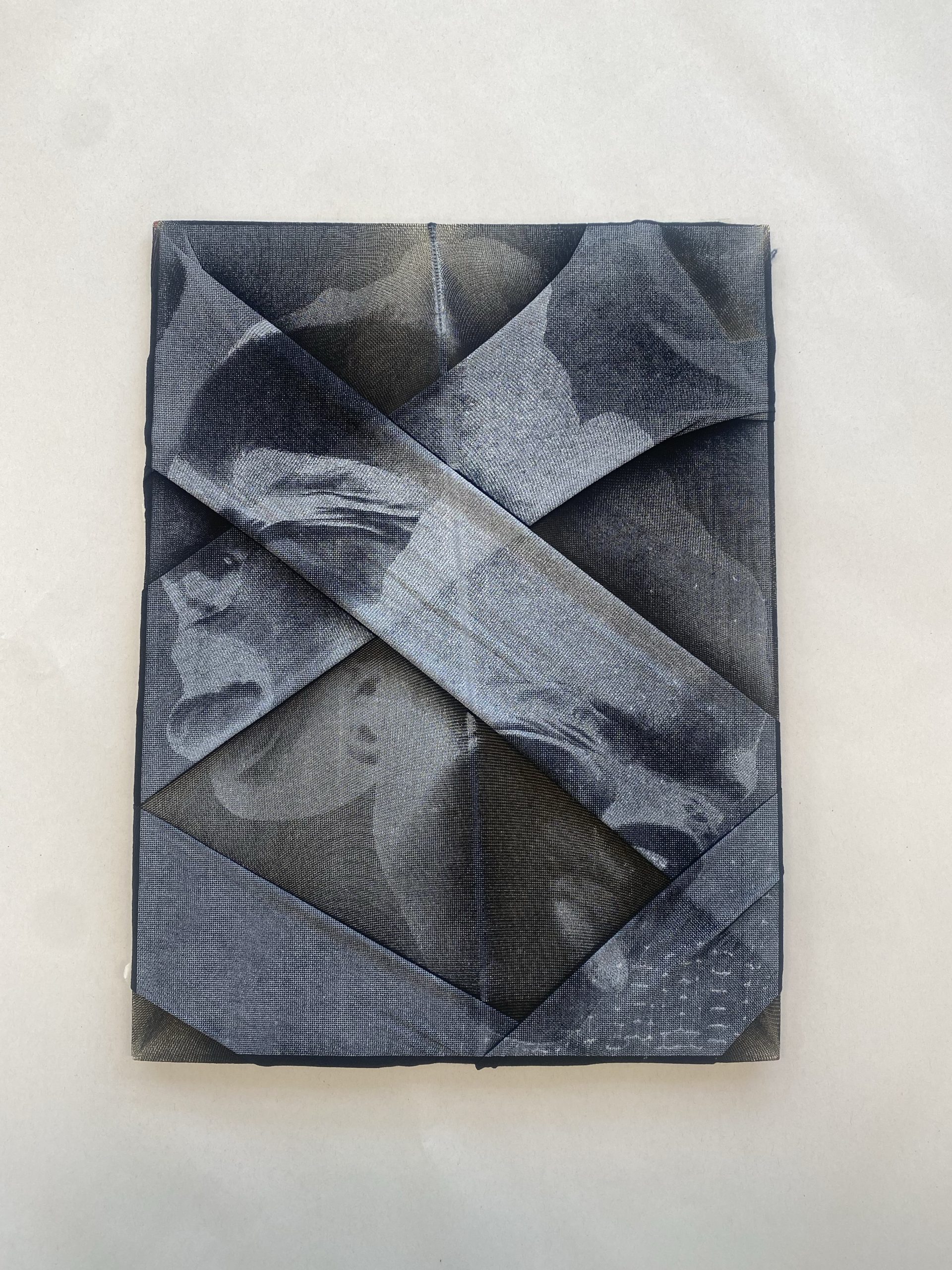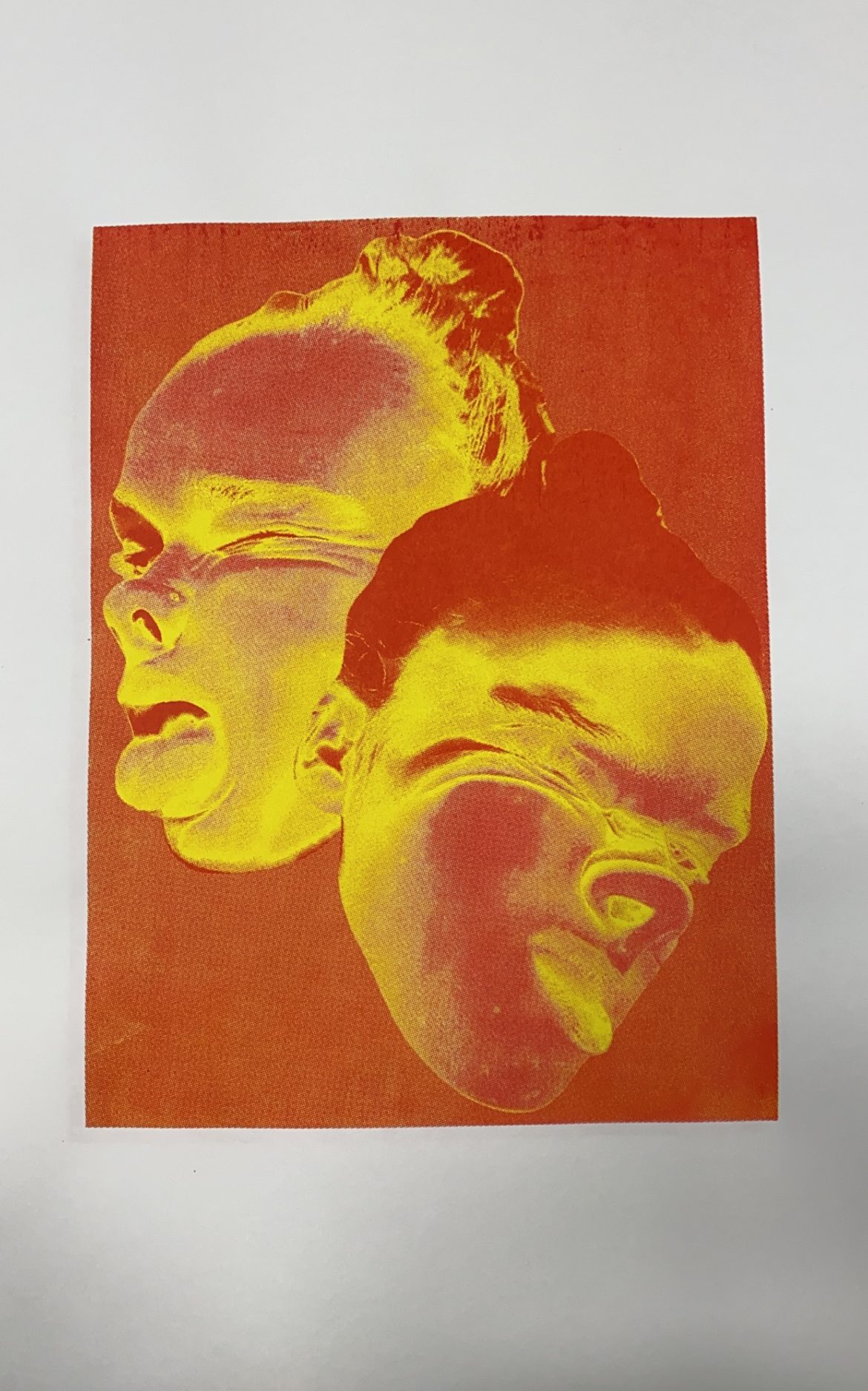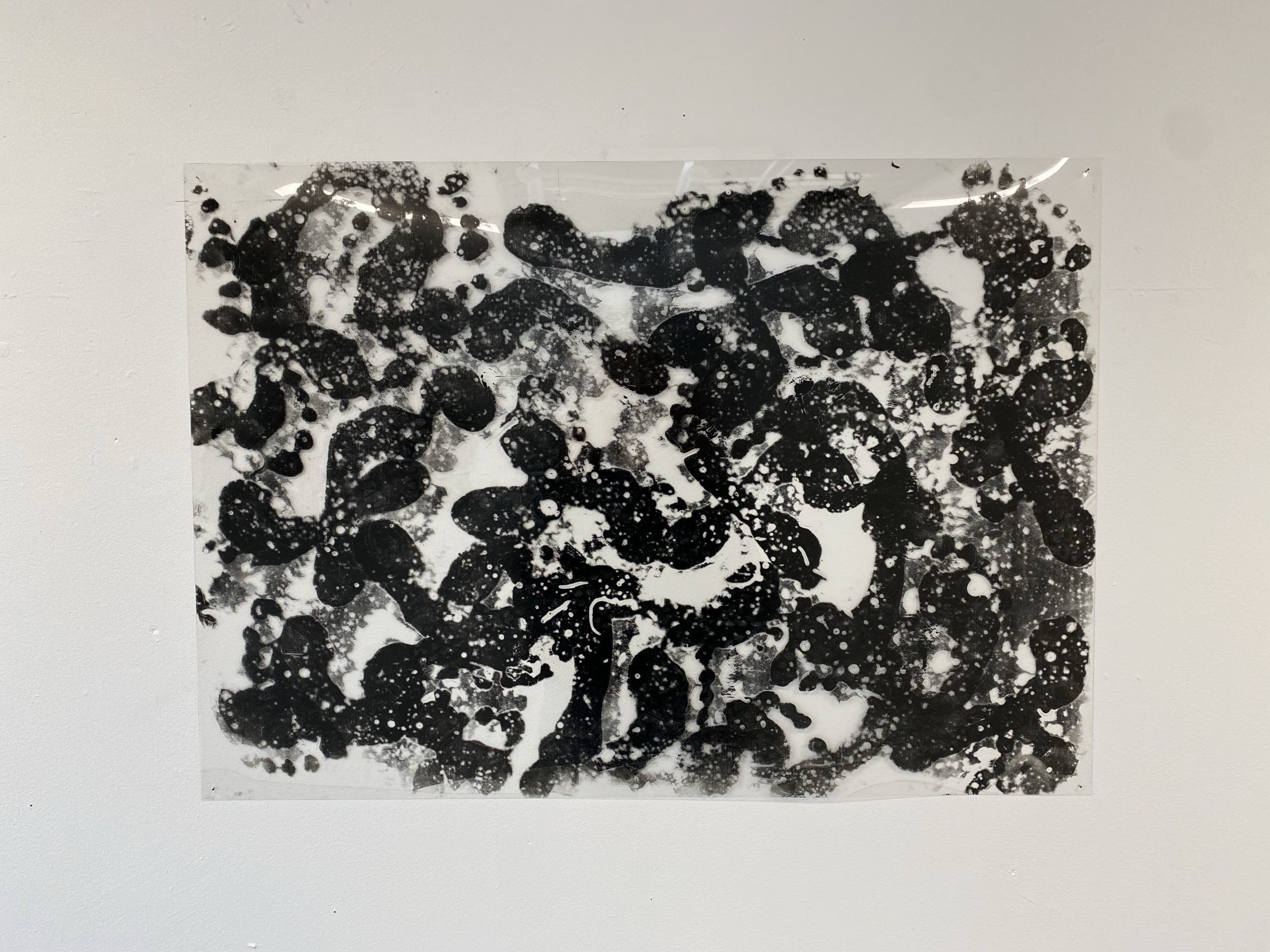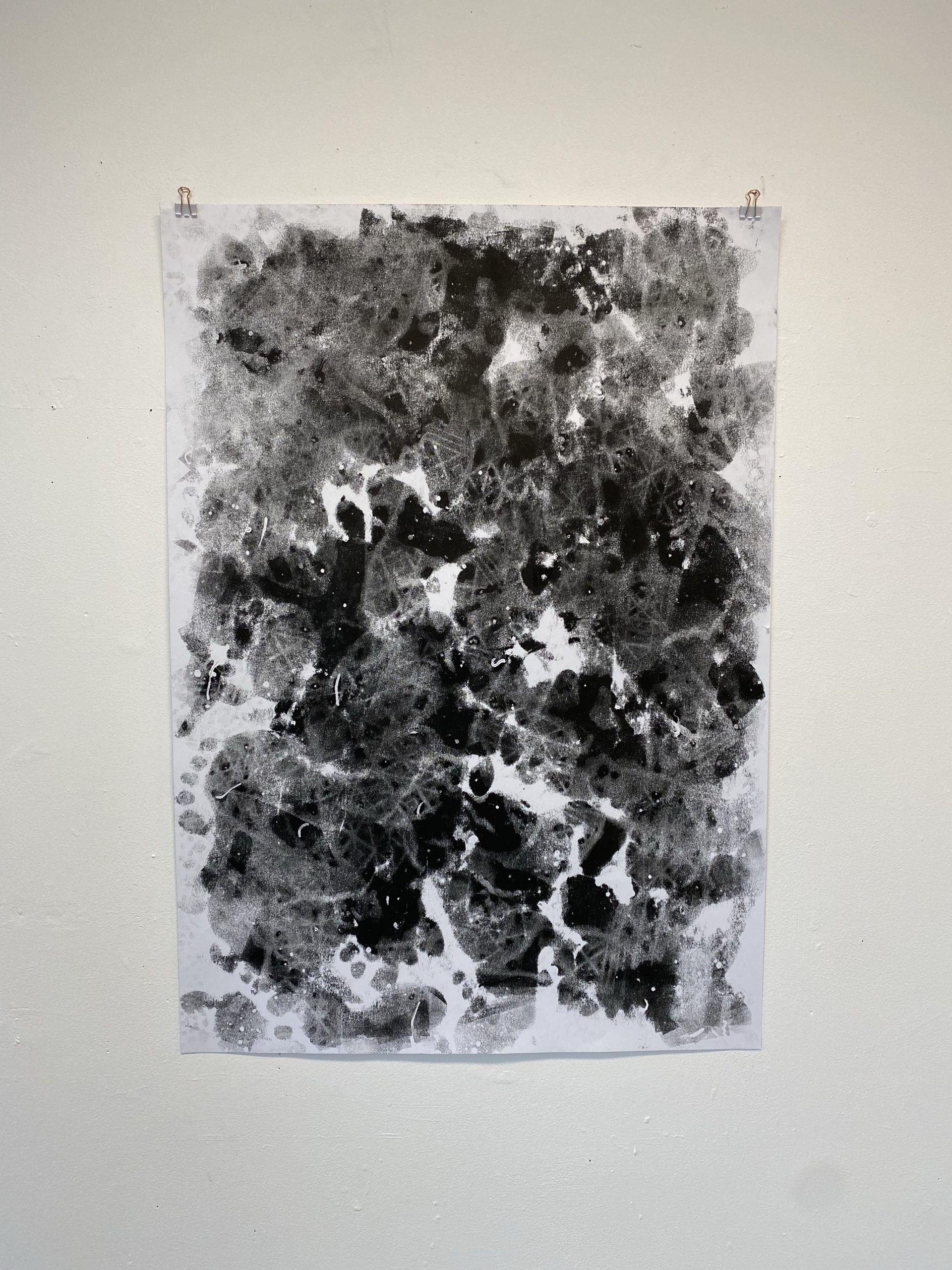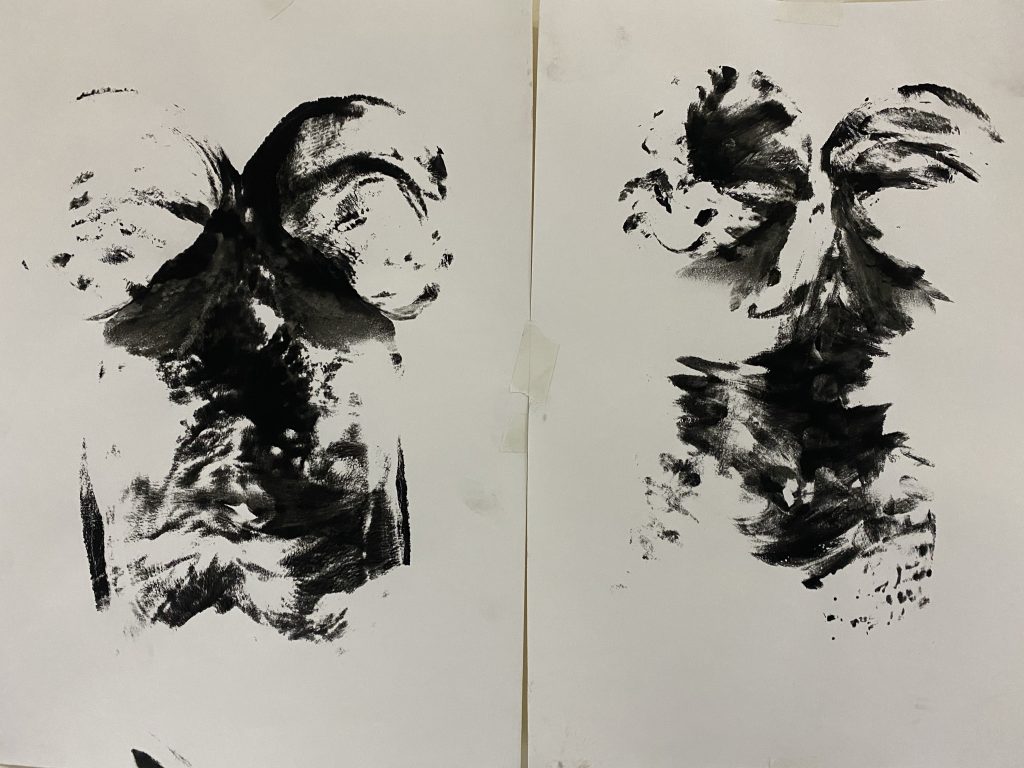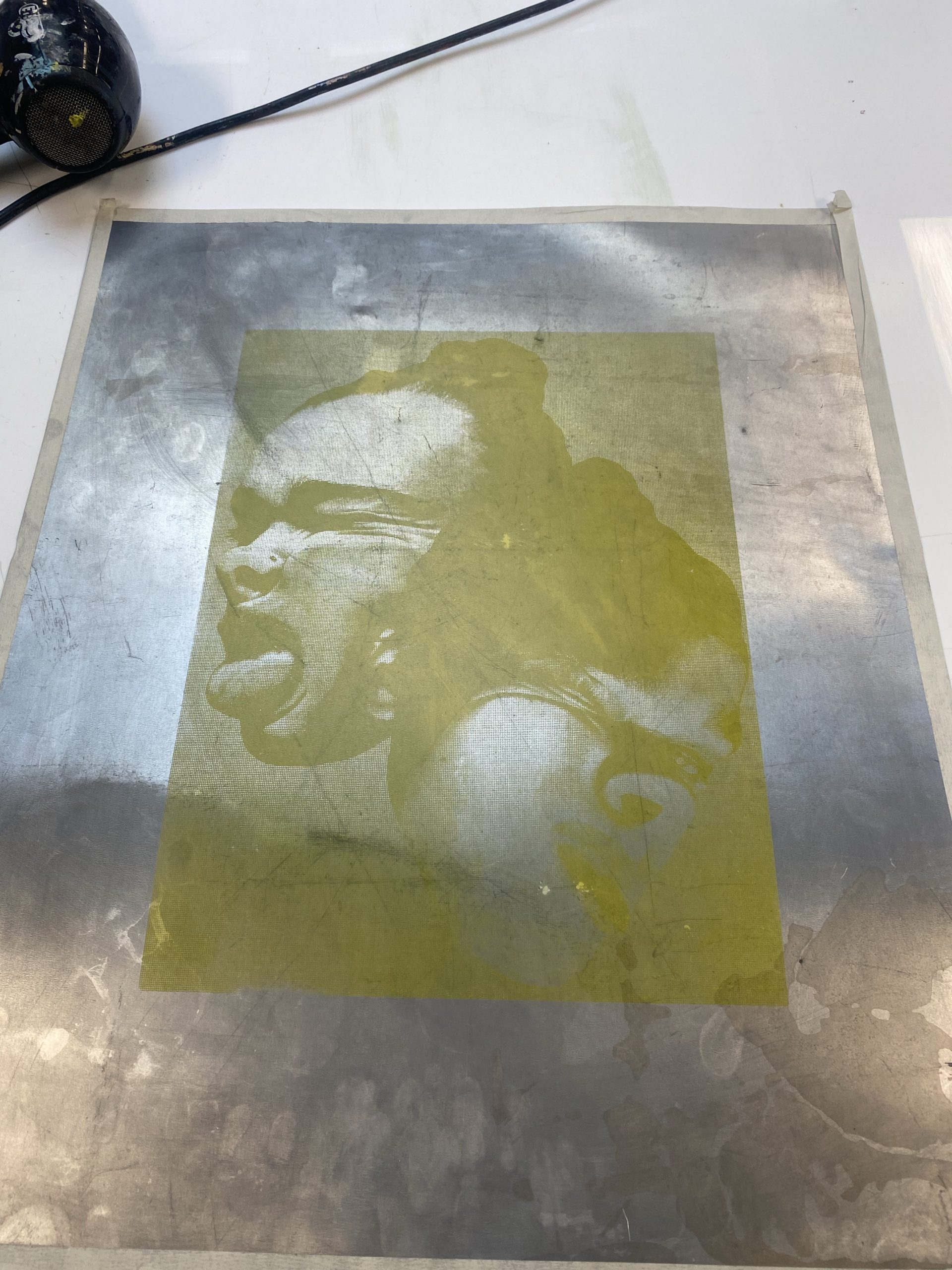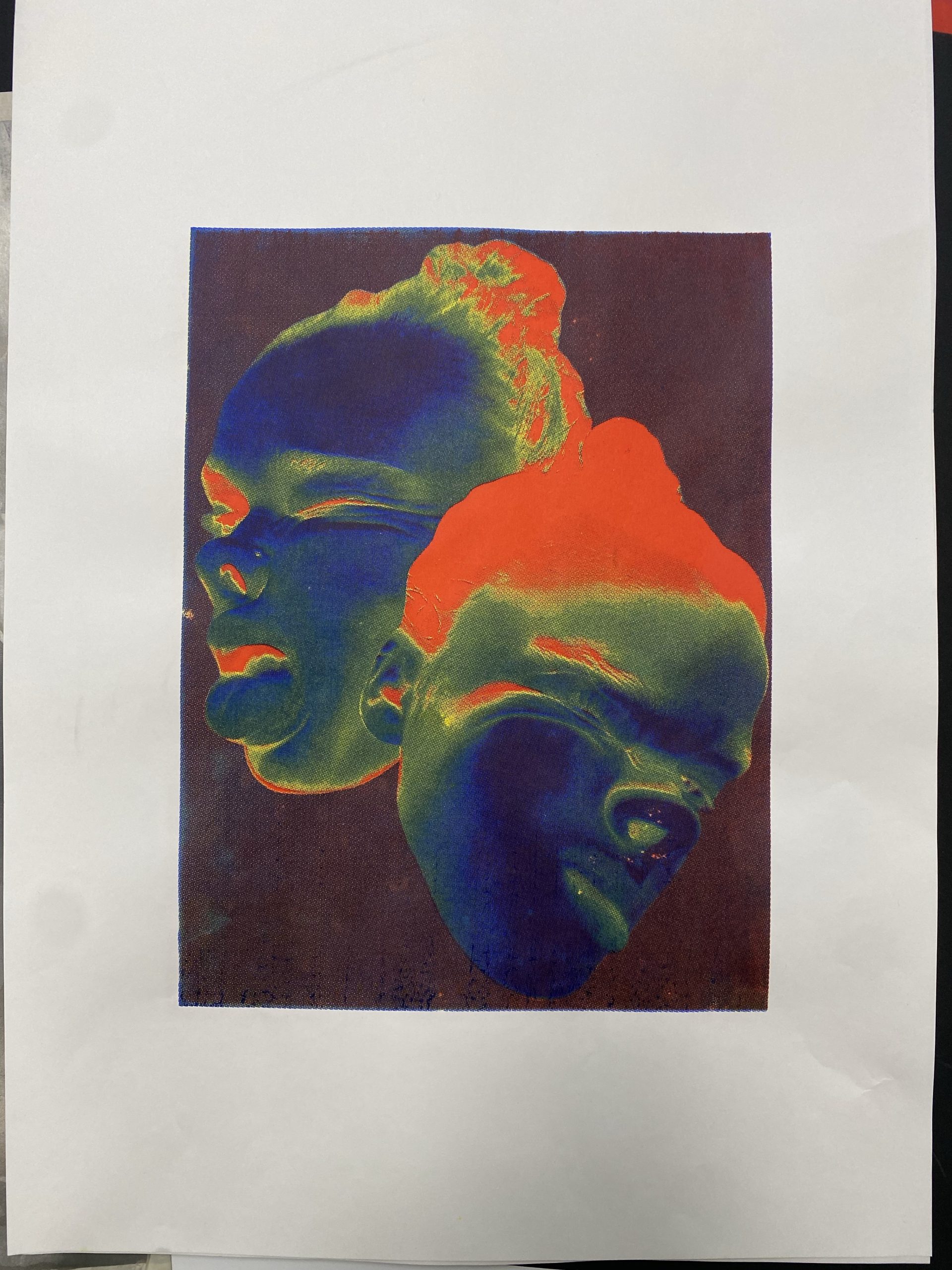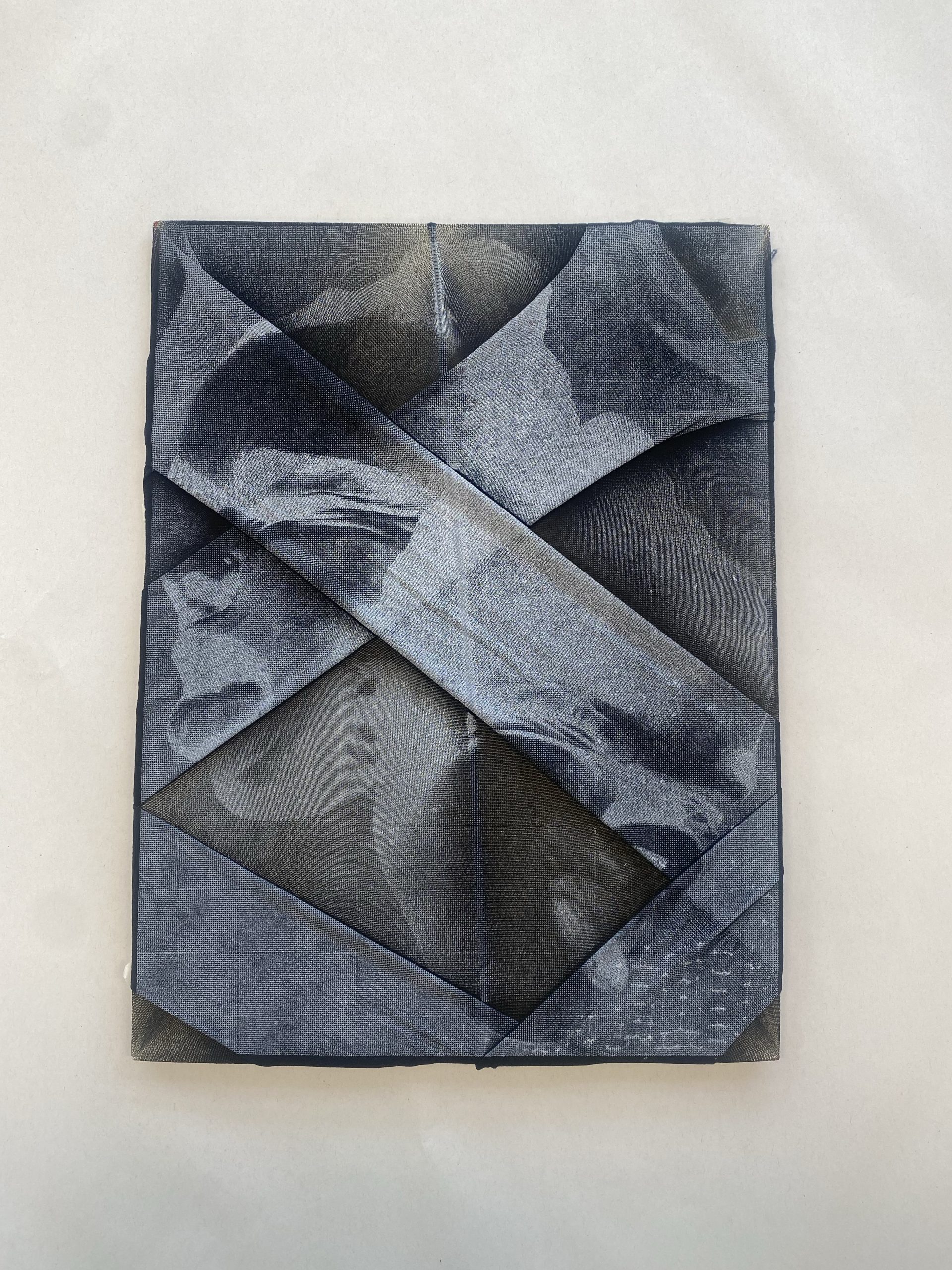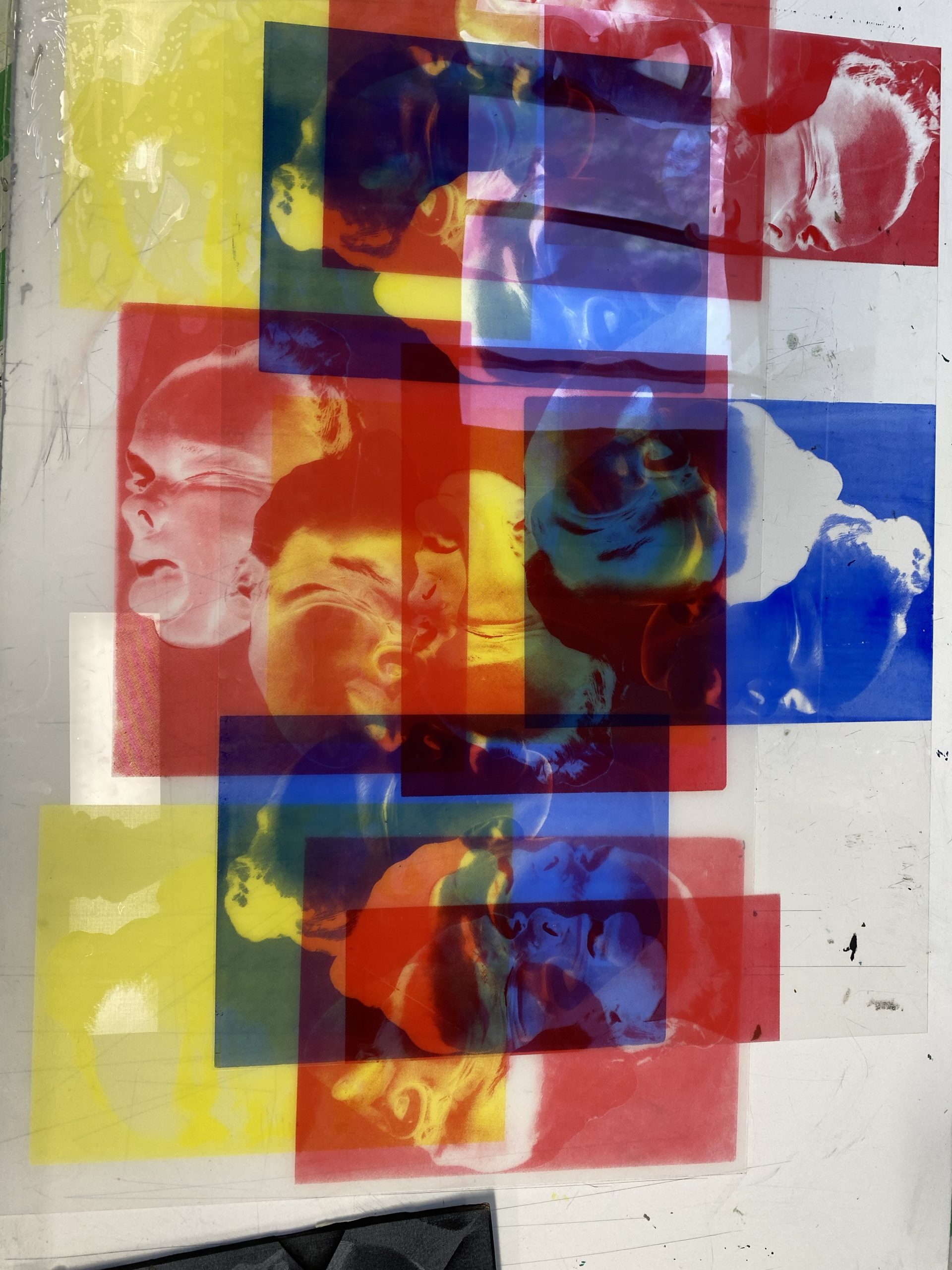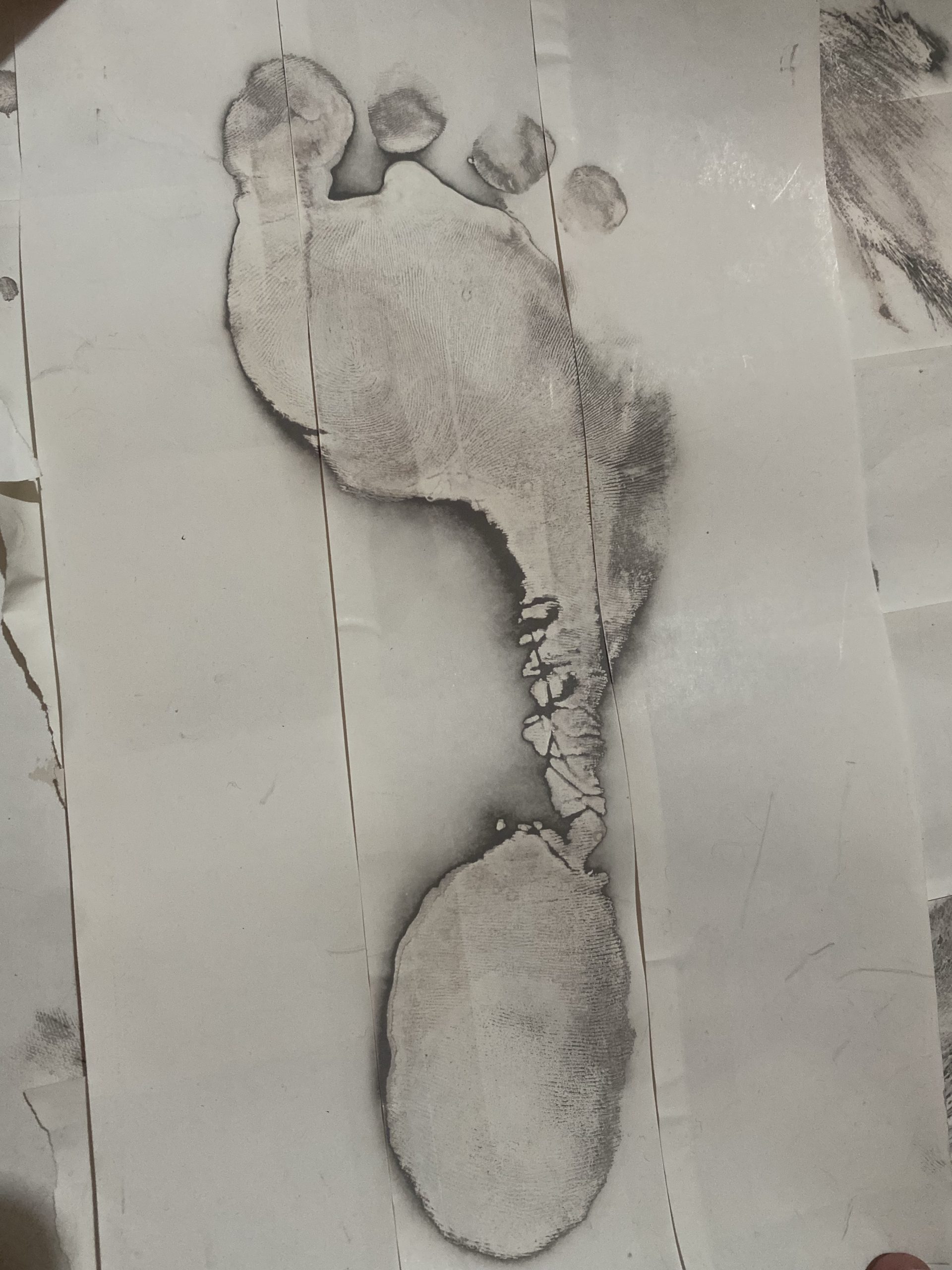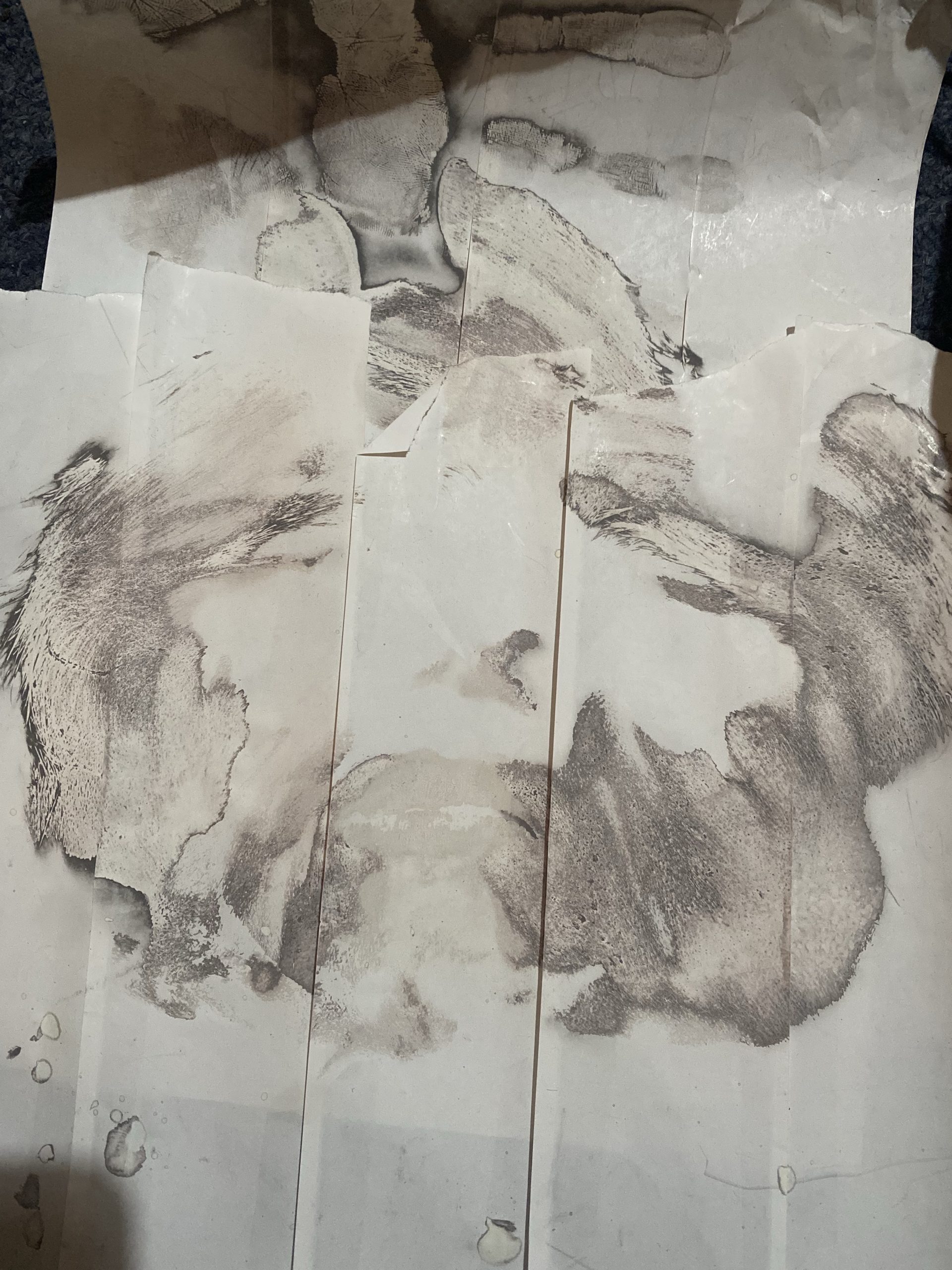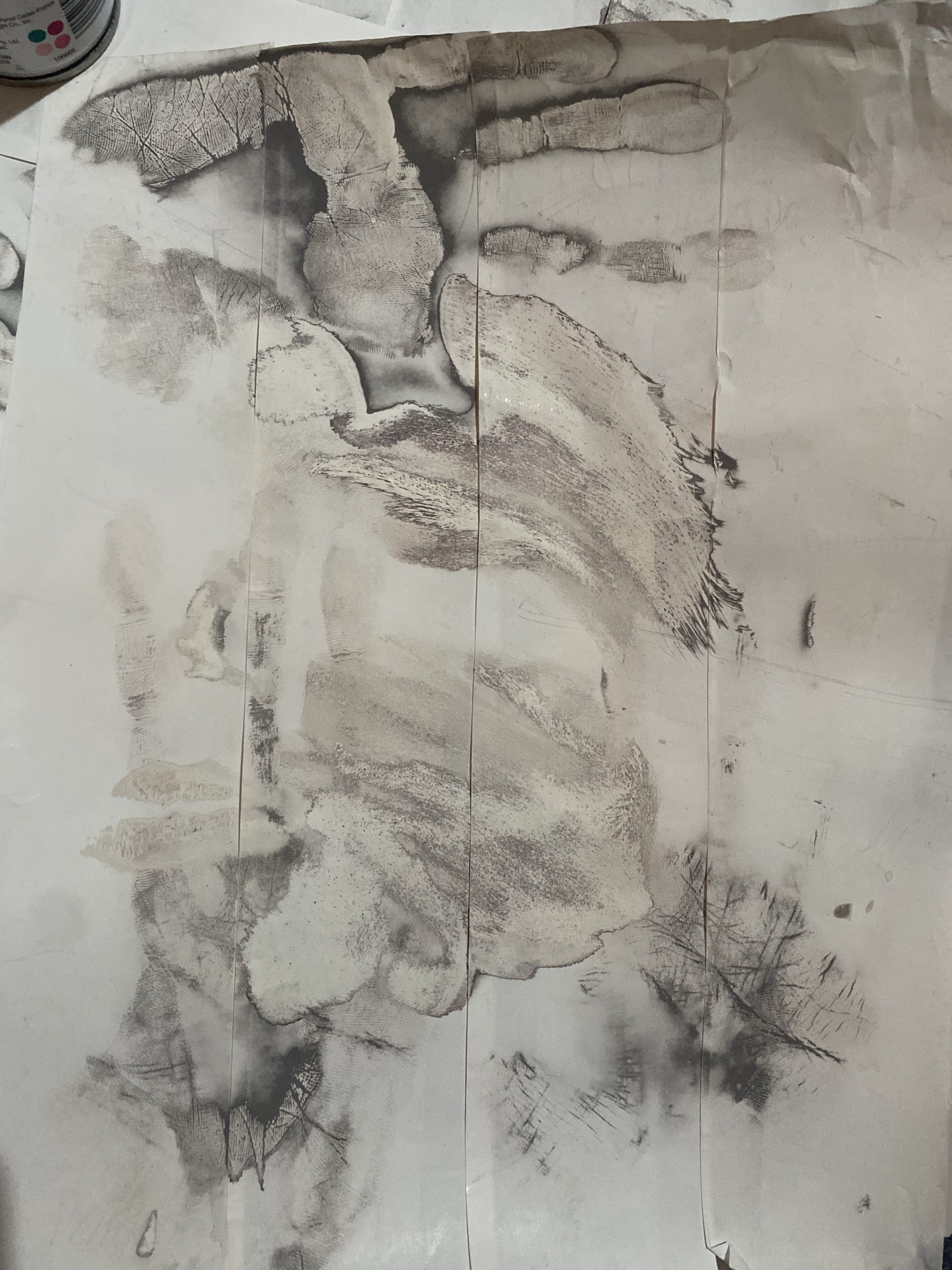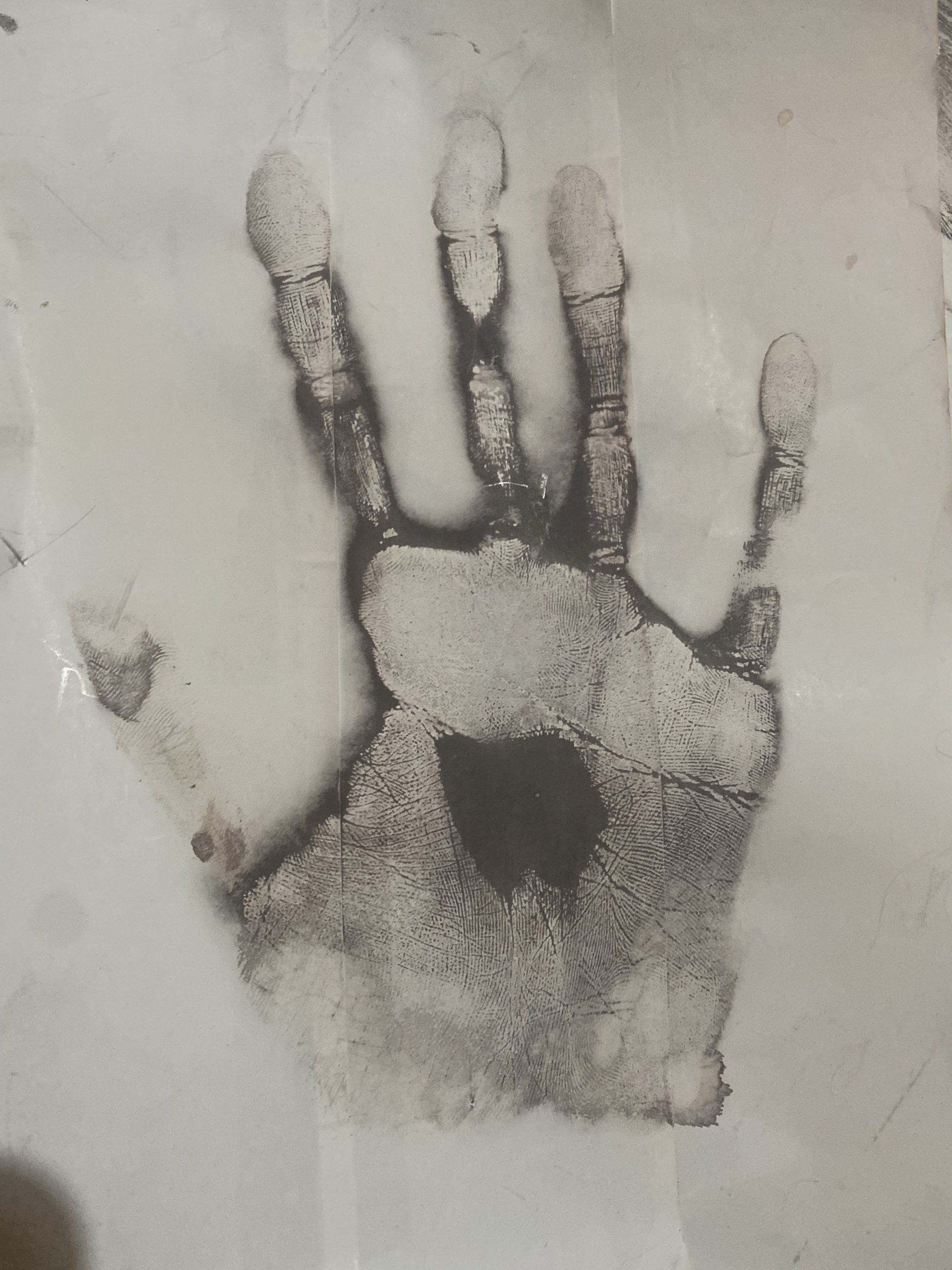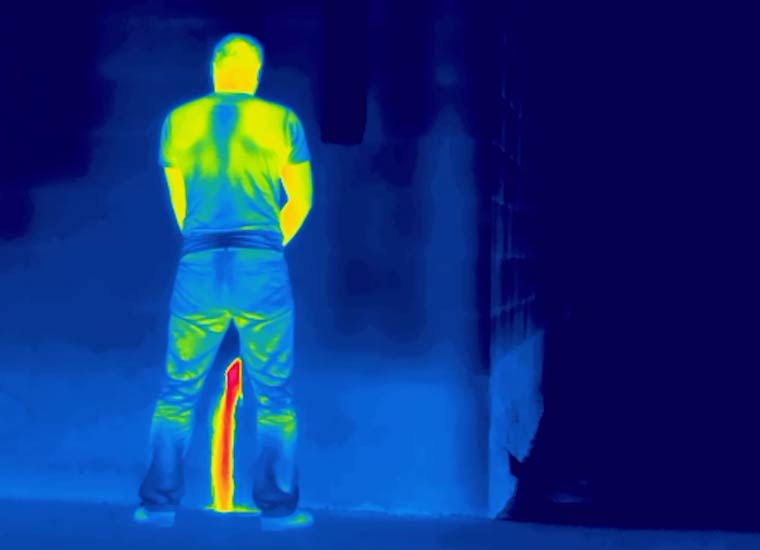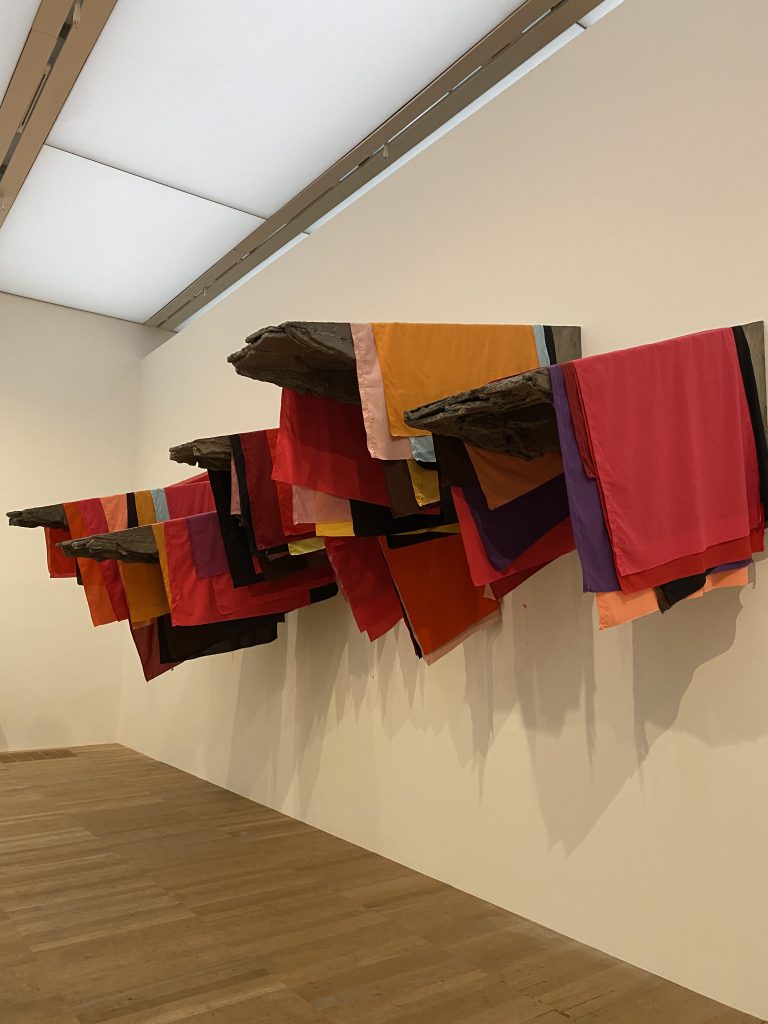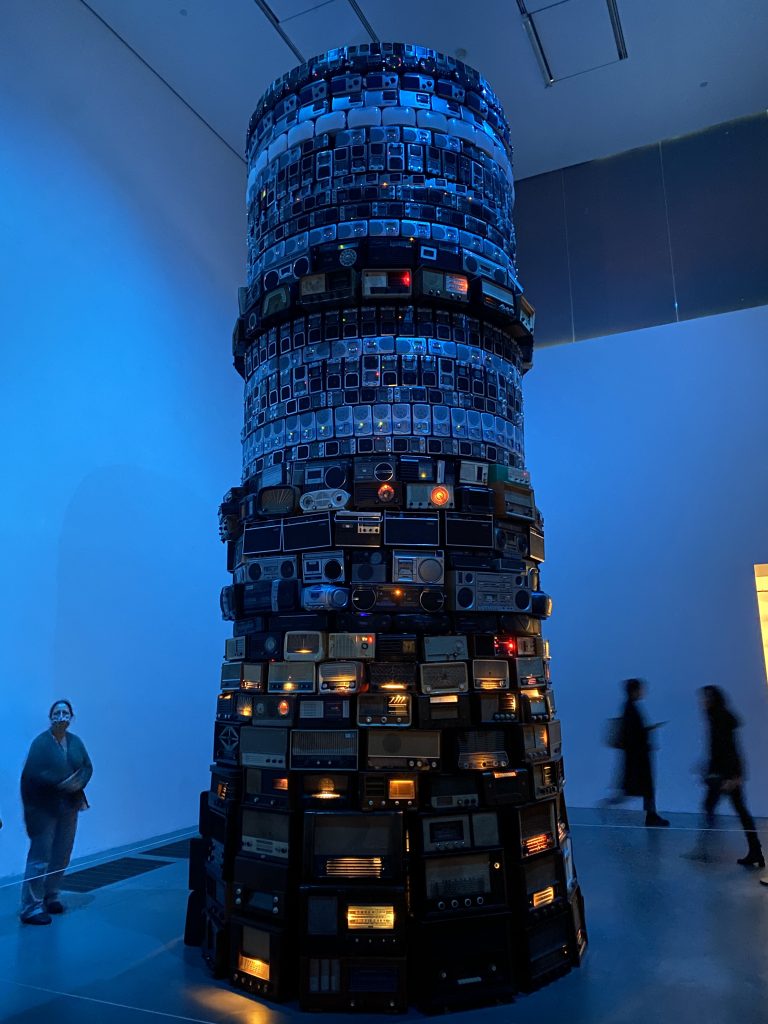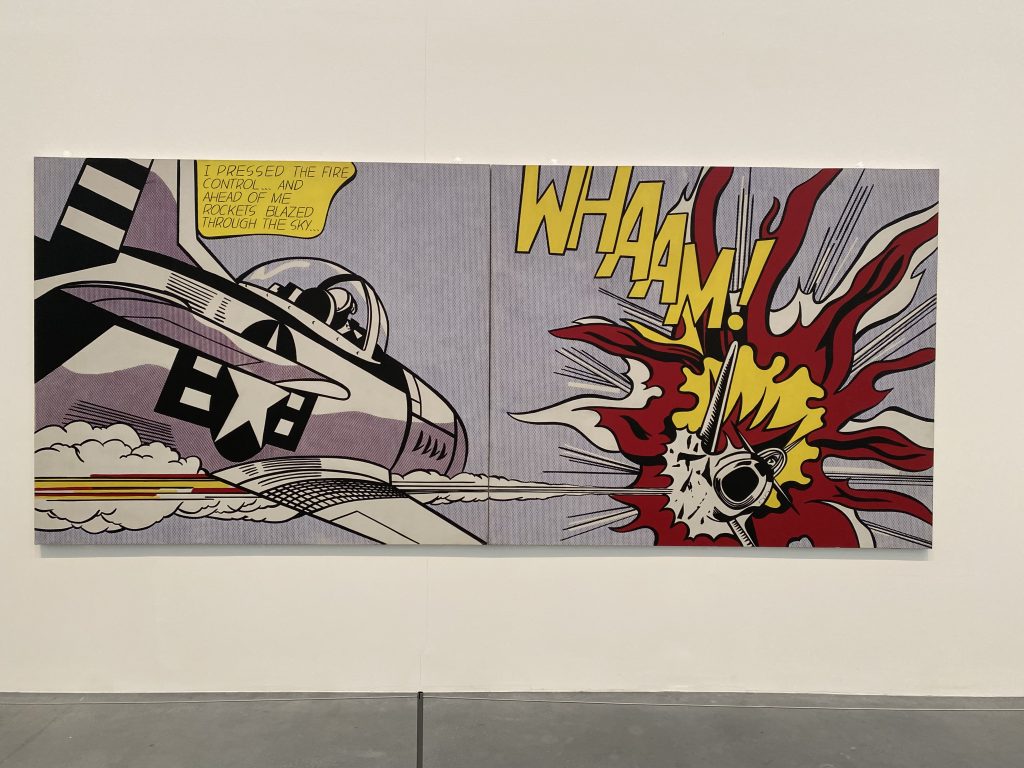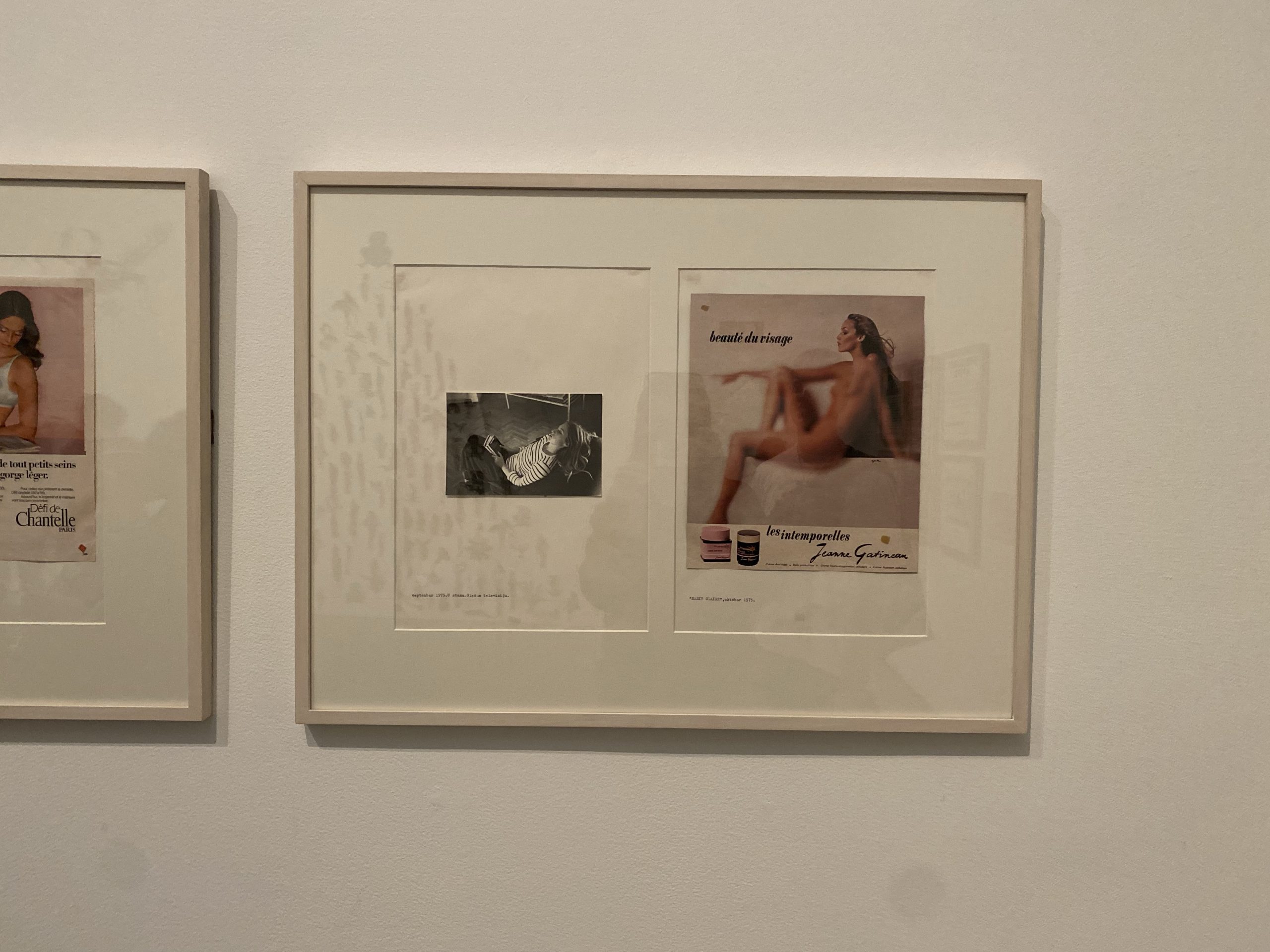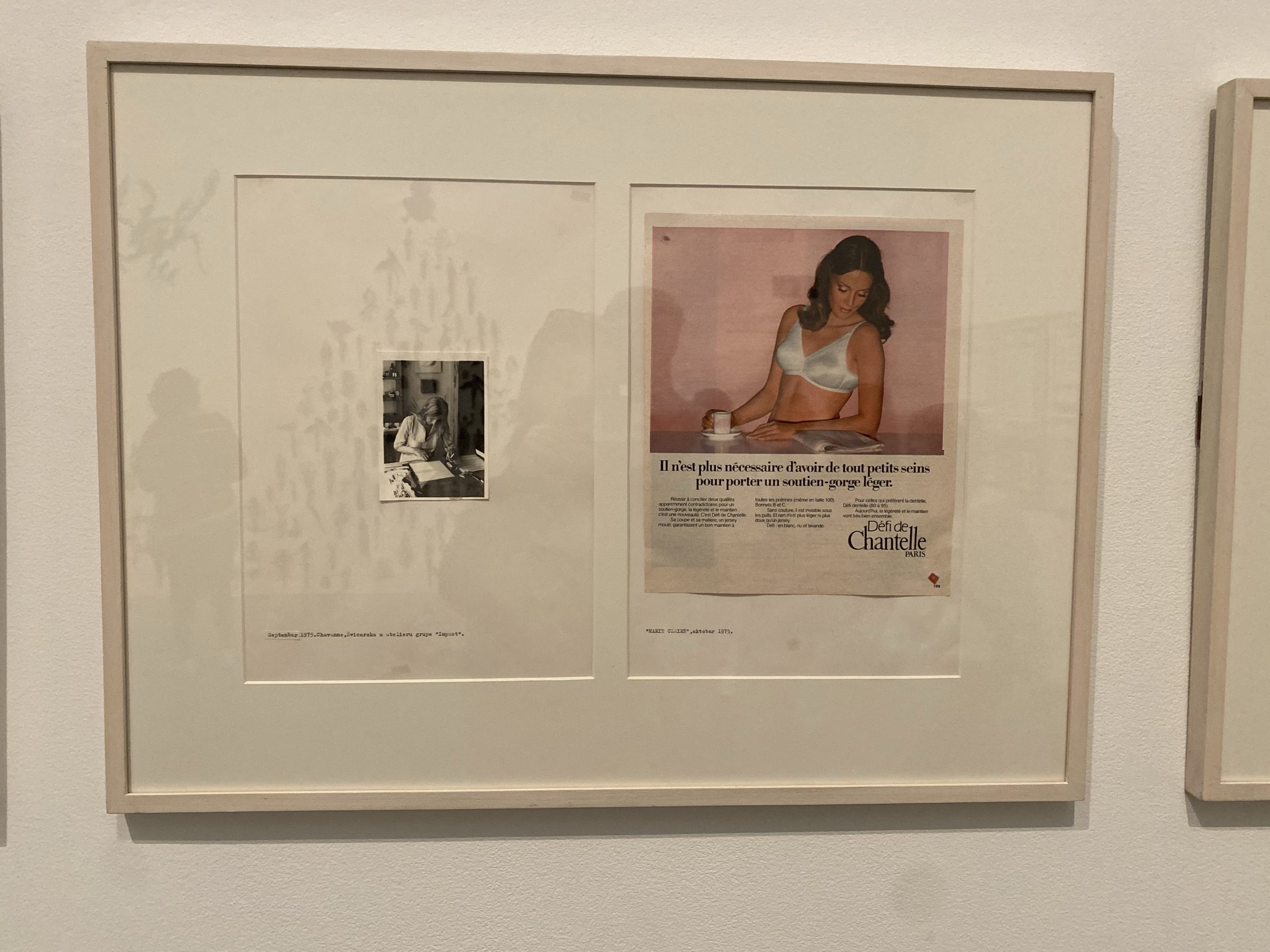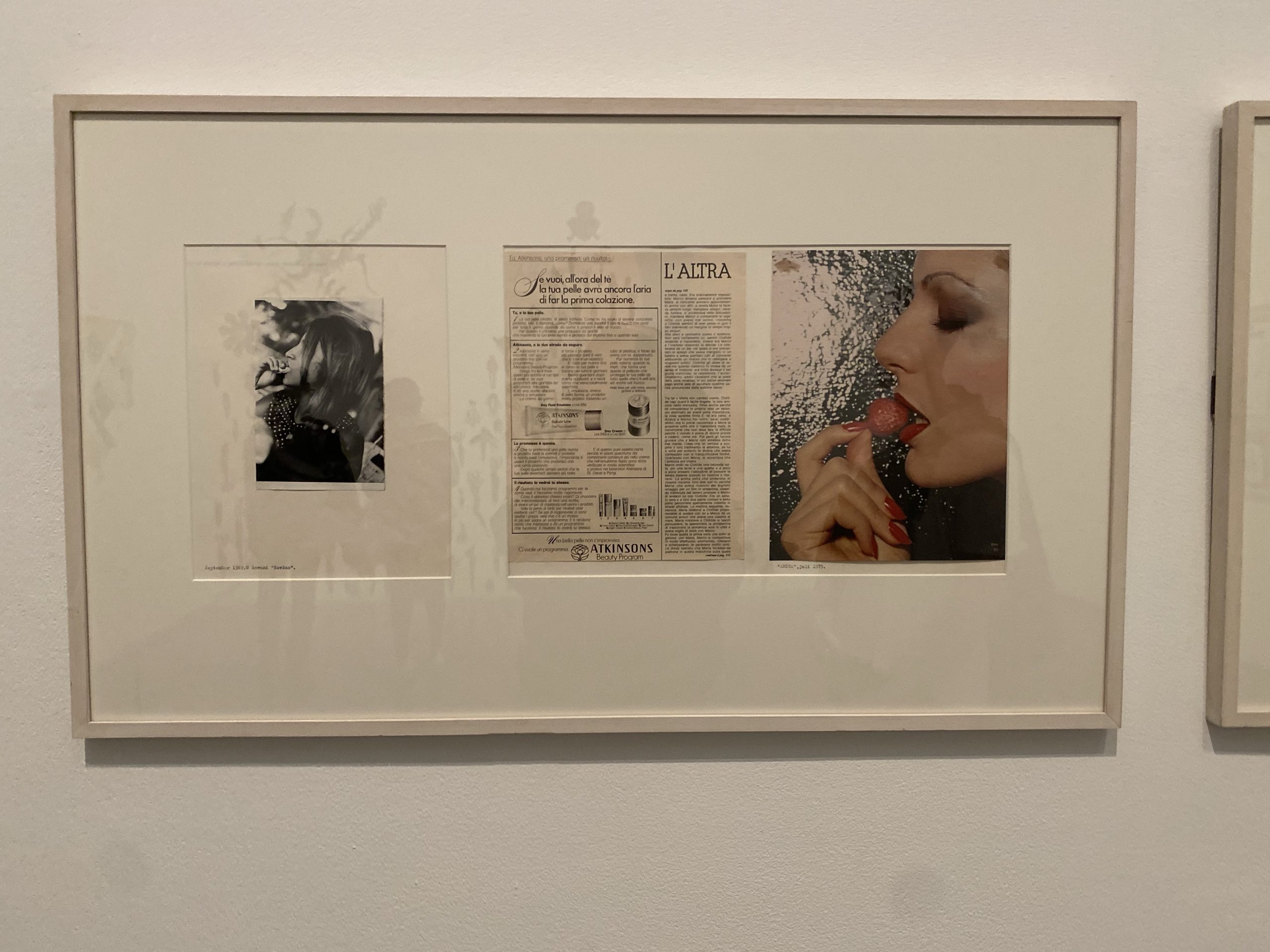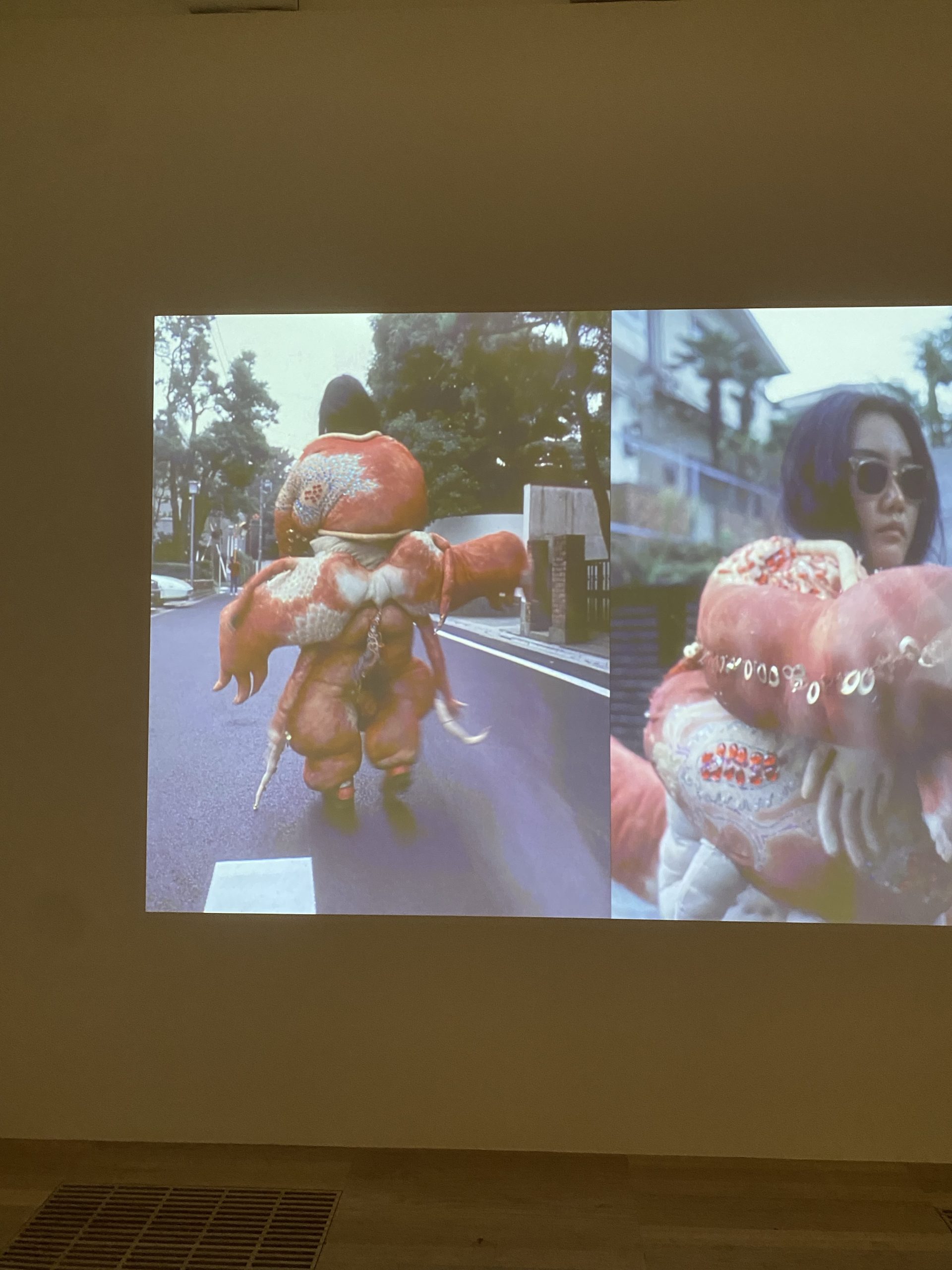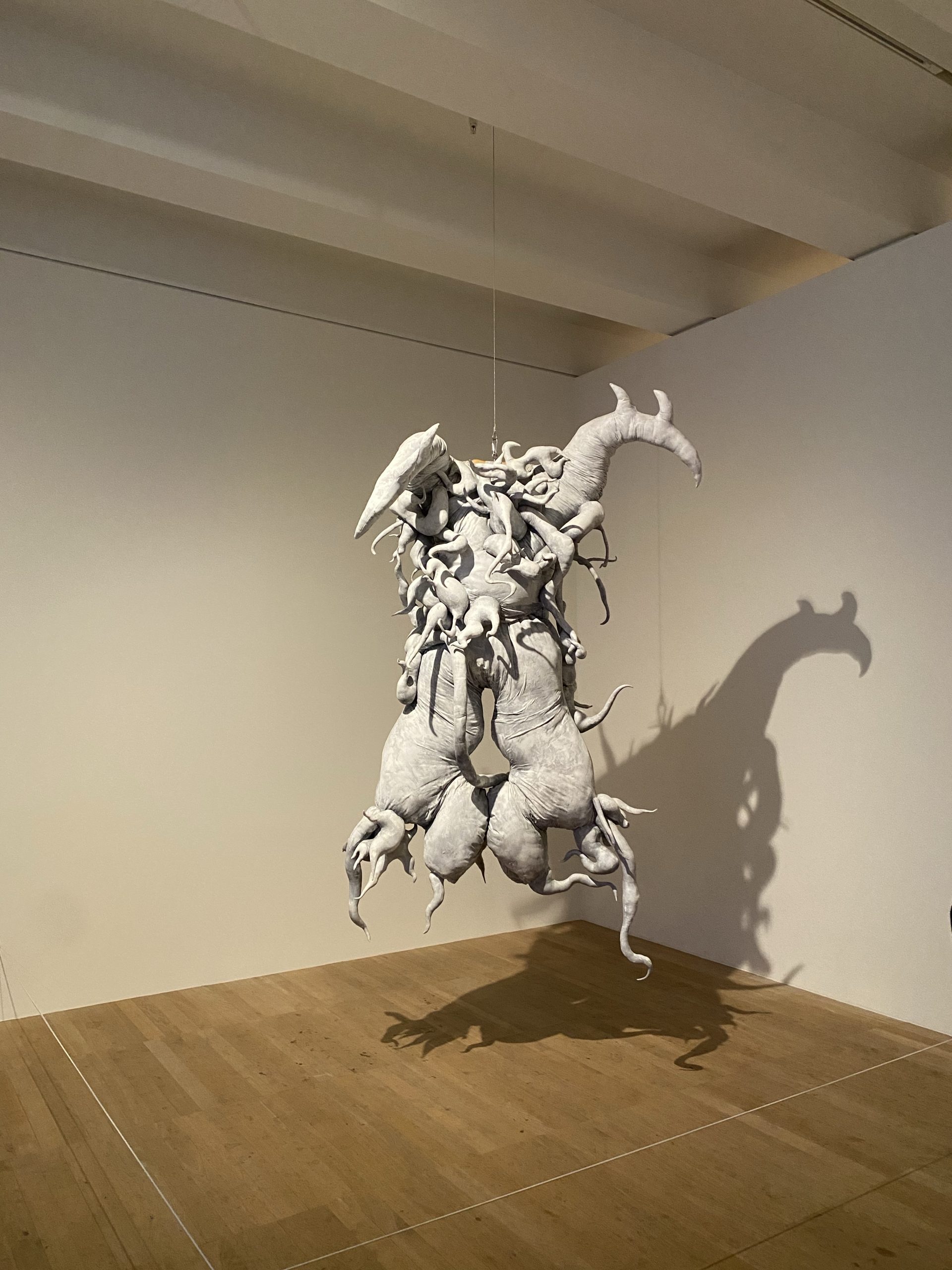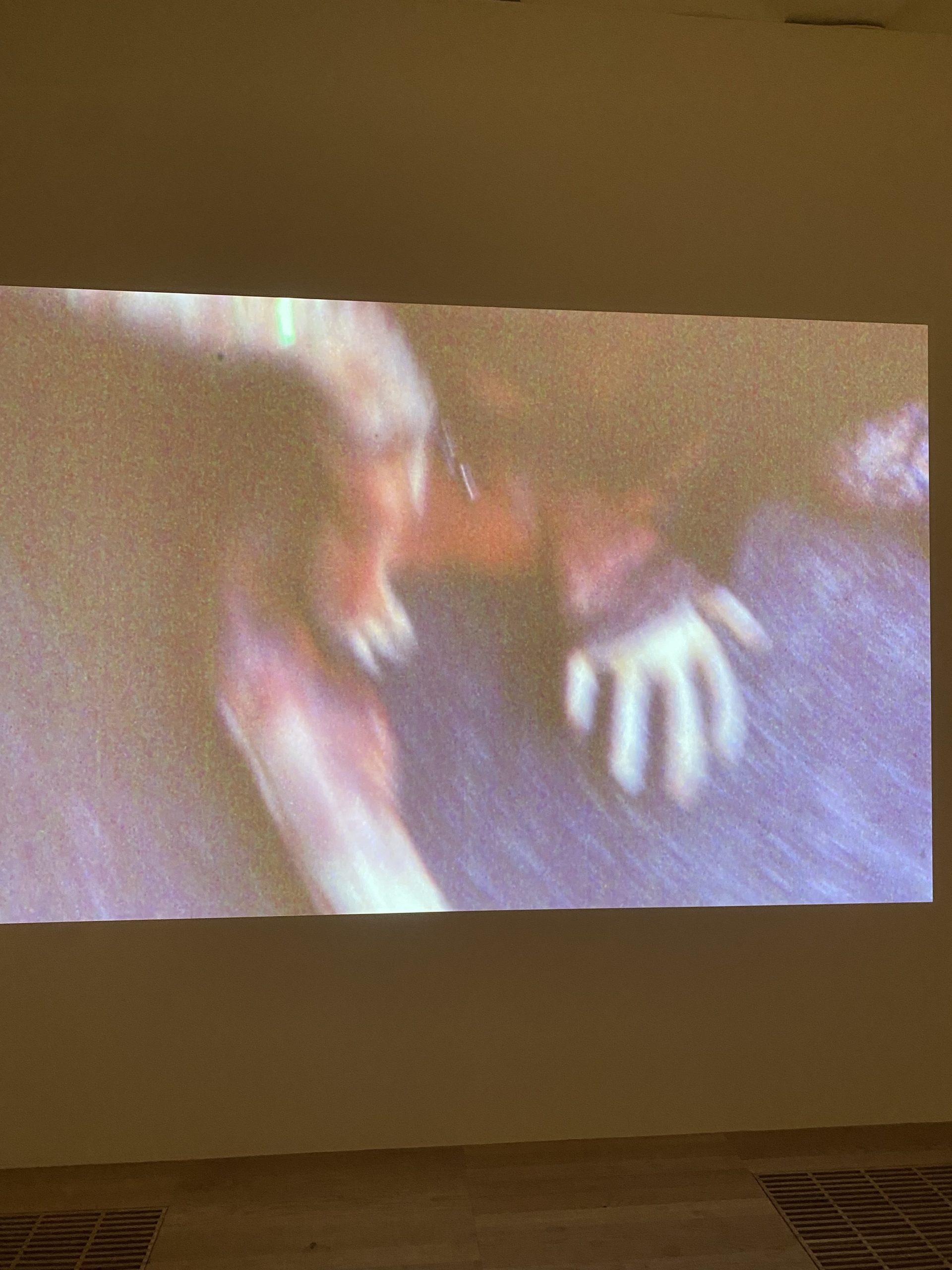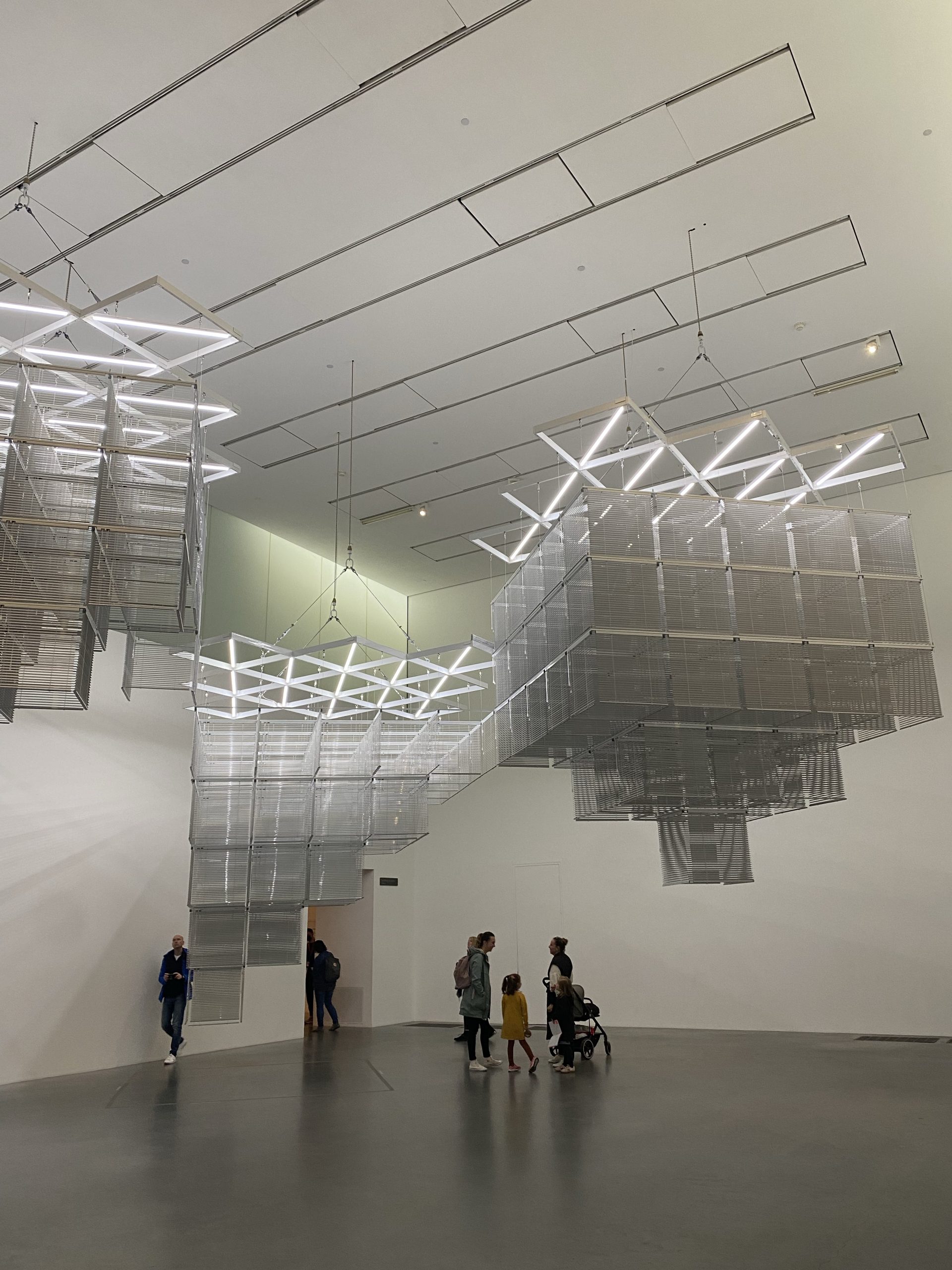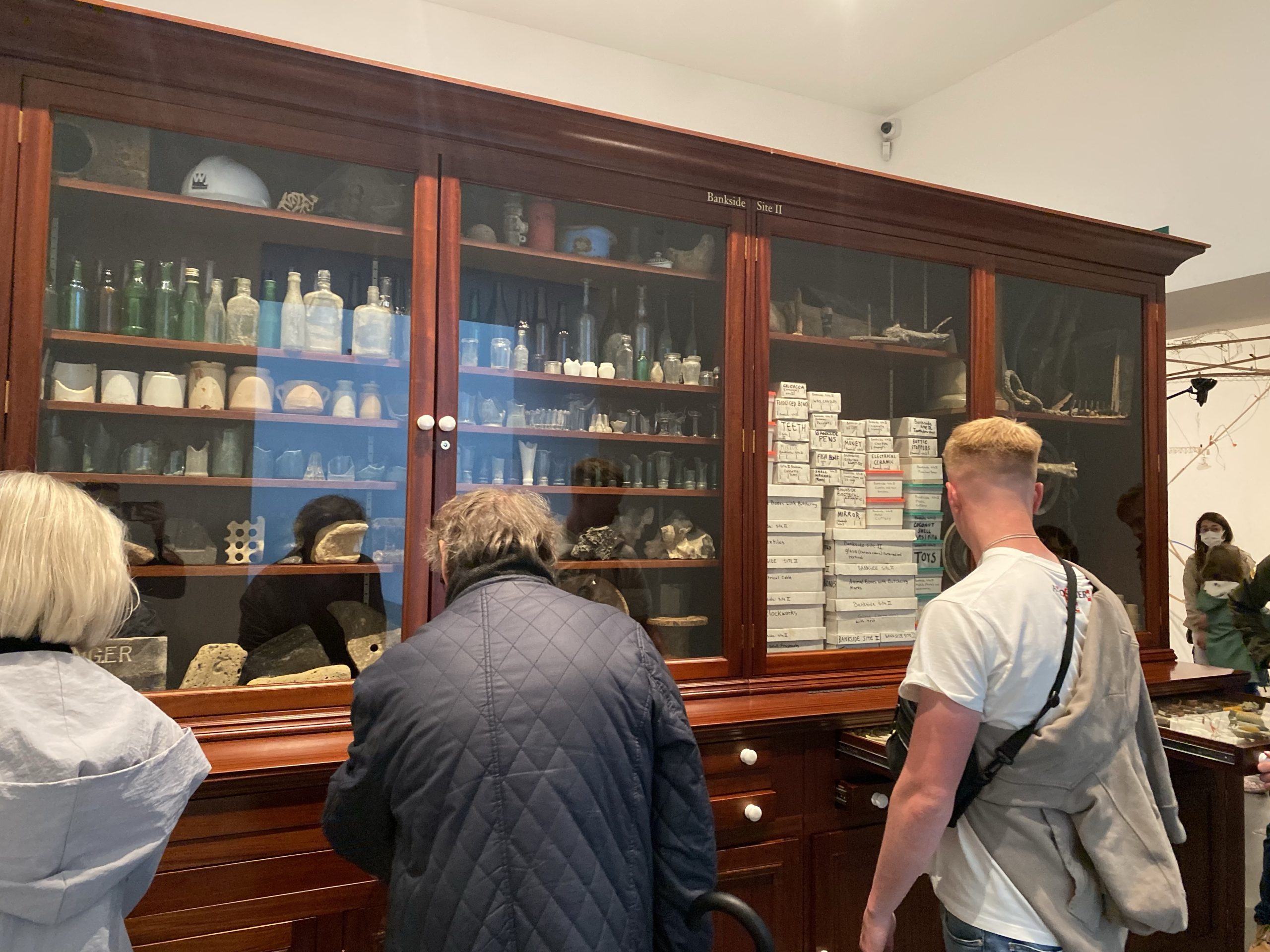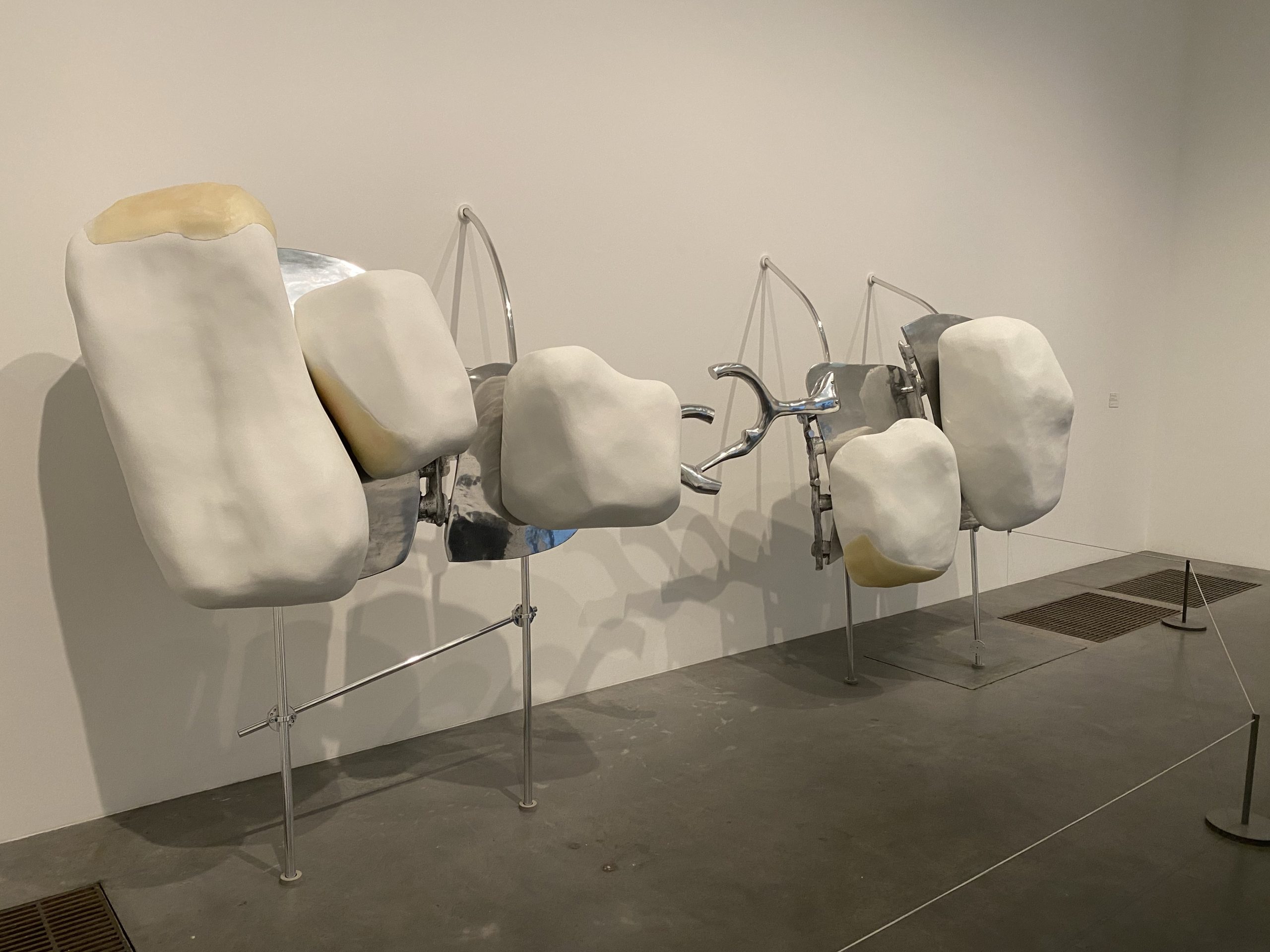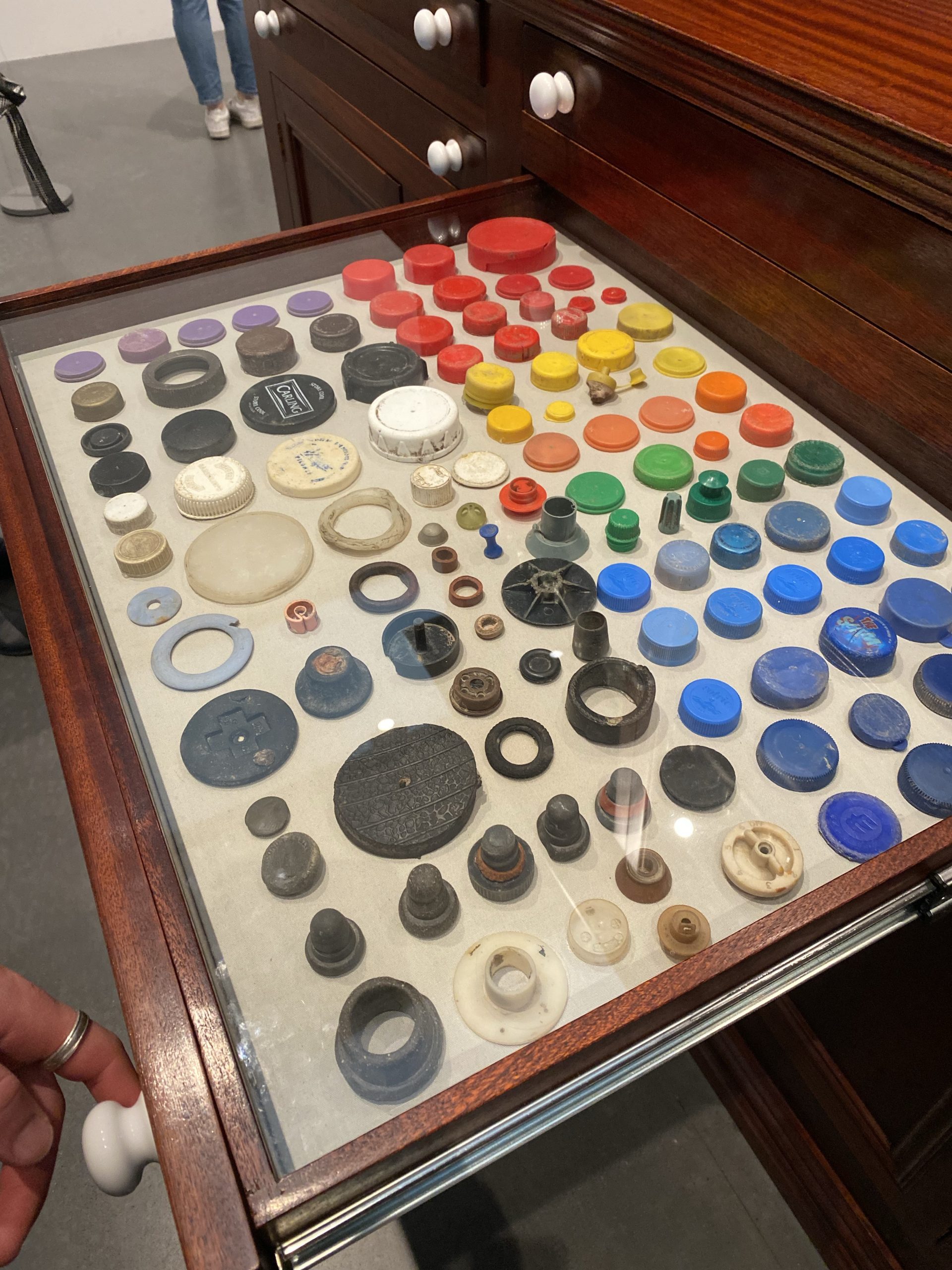Anna Meyer was very fascinated by literacy, poetry, novels at a young age and landed a few jobs in book publishing. She studied literature and gender and got a Bachelors degree. Anna worked in book publishing very briefly, however she became rather interested in the mechanics of book production and this then led Anna to print making, and eventually found sculpture later down the line. Within her art work she is interested in iconic patterns, camouflage, and she was also interested in the history of the crafts.
After Anna Meyer completed her degree she was drawn to ceramics and terracotta, and would dig a hole to put her ceramics in and then would build a fire on top of it. She was thinking about how she could harness fire exploring different ways she could make her ceramics. In 2008 Anna Meyer created a project called ‘Fireful of Fear’ she made 12 ceramic sculptures that she put out in the landscape of Malibu, California, the idea behind this is that the sculptures would stay in the landscape until they got fired by wild fire. 10 years into the project 2018, there was a huge fire that broke out the ‘Woolsey fire’. Anna managed to pull 4 of the ceramic pieces from the fire.

Anna discusses about one of the causes of global warming which is the increase of these fires that are happening more frequently and are becoming more intense. She then goes on to say that her project ‘Fireful of Fear’ has become a marker for global warming, which was not her intention.
Predicting Fire – Anna Meyer and Simona Dossi
Simonas PhD research topic is how to reduce wildfire ignition risk of rural buildings in southern Europe. The research is about looking at the fire exposures that you get from fires to houses, and what their house structure is built like and whether the fire will destroy the house. Anna Meyer and Simona Dossi are doing a collaboration within the wild fire, they are both learning new stuff about art and the wildfires, also discussing ways to decrease global warming.
In respect to the artist talk and listening to all the valuable insights from these curators and PhD student. It has allowed me to value art from another perspective as not many artists collaborate with students, the fact that they have now made a mark and recognition to help reduce the wildfires and help global warming. Science requires a very narrow focus, but the possibility not to get to closed off and to work together as artists, as well artists are opposite in a way they are always figuring a way to go outside the box and not have a methodology.
